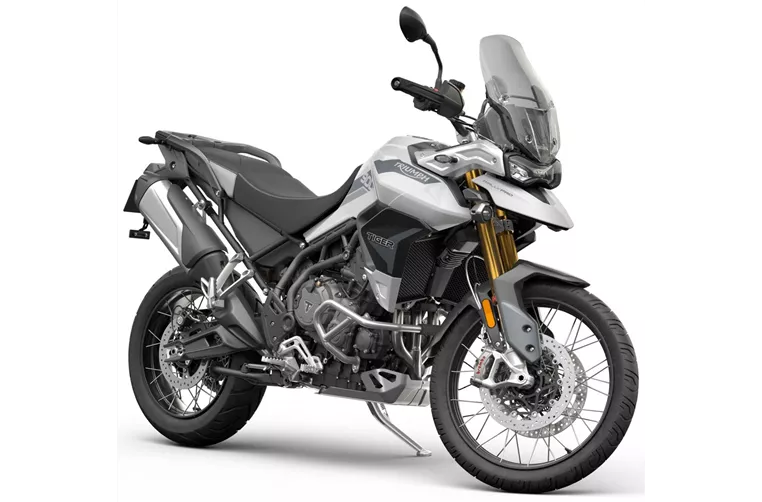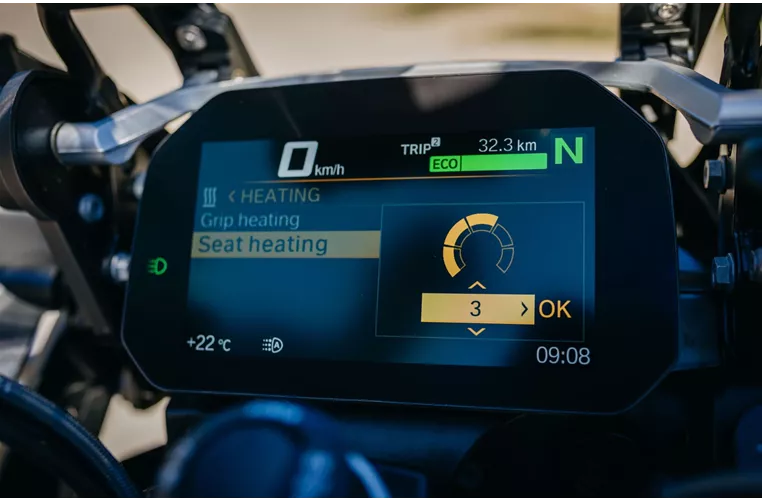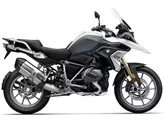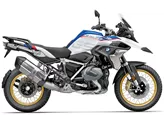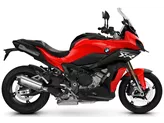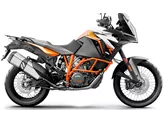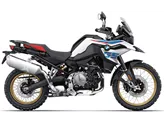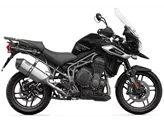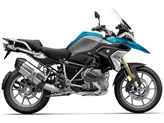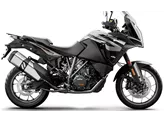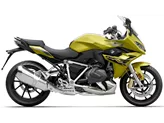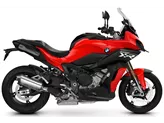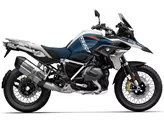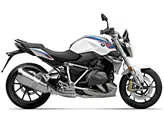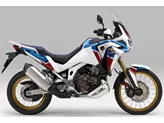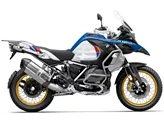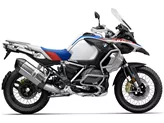Triumph Tiger 900 Rally Pro 2020 vs. BMW R 1250 GS 2021
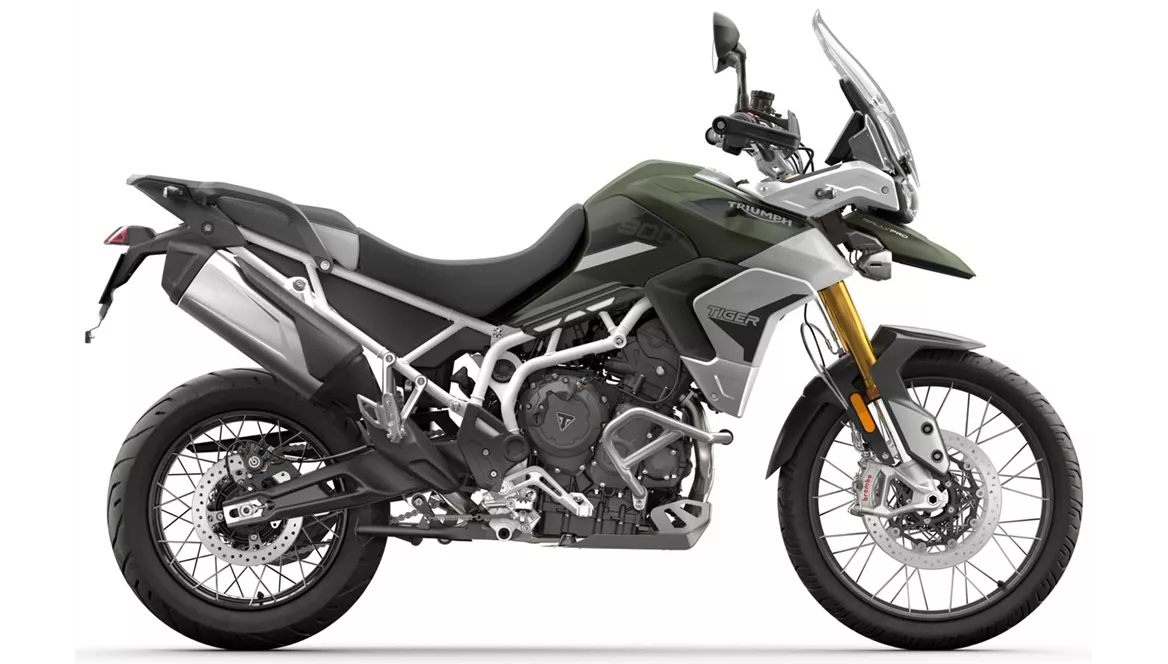
Triumph Tiger 900 Rally Pro 2020
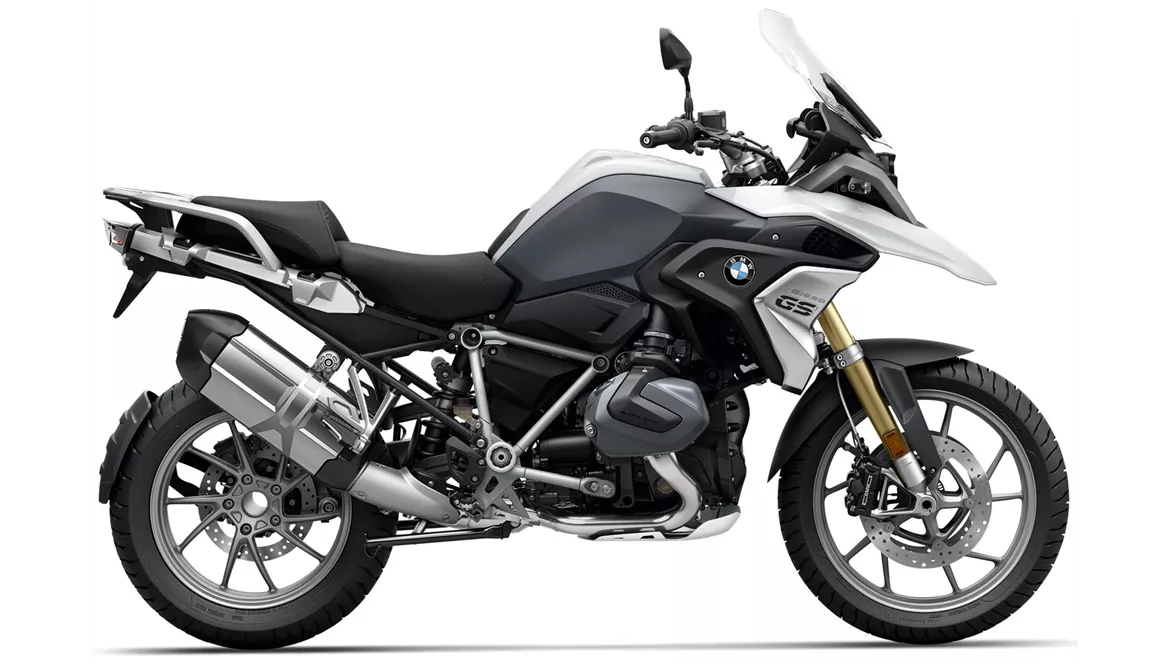
BMW R 1250 GS 2021
Overview - Triumph Tiger 900 Rally Pro 2020 vs BMW R 1250 GS 2021
In terms of engine and drive train, the Triumph Tiger 900 Rally Pro 2020 features an in-line three-cylinder engine with a displacement of 888cc. It delivers 95.2 horsepower and 87 Nm of torque. The engine is started electrically and power is transmitted through a chain. On the other hand, the BMW R 1250 GS 2021 has a boxer twin-cylinder engine with a displacement of 1254cc. It produces 136 horsepower and 143 Nm of torque. The engine is also started electrically but power is transmitted through a prop shaft.
When it comes to suspension, the Triumph Tiger 900 Rally Pro 2020 is equipped with an upside-down telescopic fork at the front with a diameter of 45mm and a travel of 240mm. The suspension can be adjusted for compression, preload, and rebound. At the rear, it features a swing arm suspension with a monoshock and a travel of 230mm. The suspension can be adjusted for preload and rebound. On the other hand, the BMW R 1250 GS 2021 has a telelever front suspension with a diameter of 37mm and a travel of 190mm. The suspension can be adjusted for preload. At the rear, it has a single swing arm suspension with a monoshock and a travel of 200mm. The suspension can be adjusted for preload and rebound.
In terms of chassis, both motorcycles have a steel frame. The Triumph Tiger 900 Rally Pro 2020 has a tubular frame type with a rake of 65.6 degrees and a trail of 145.8mm. The BMW R 1250 GS 2021 has a load-bearing engine frame type with a rake of 62.9 degrees and a trail of 109mm.
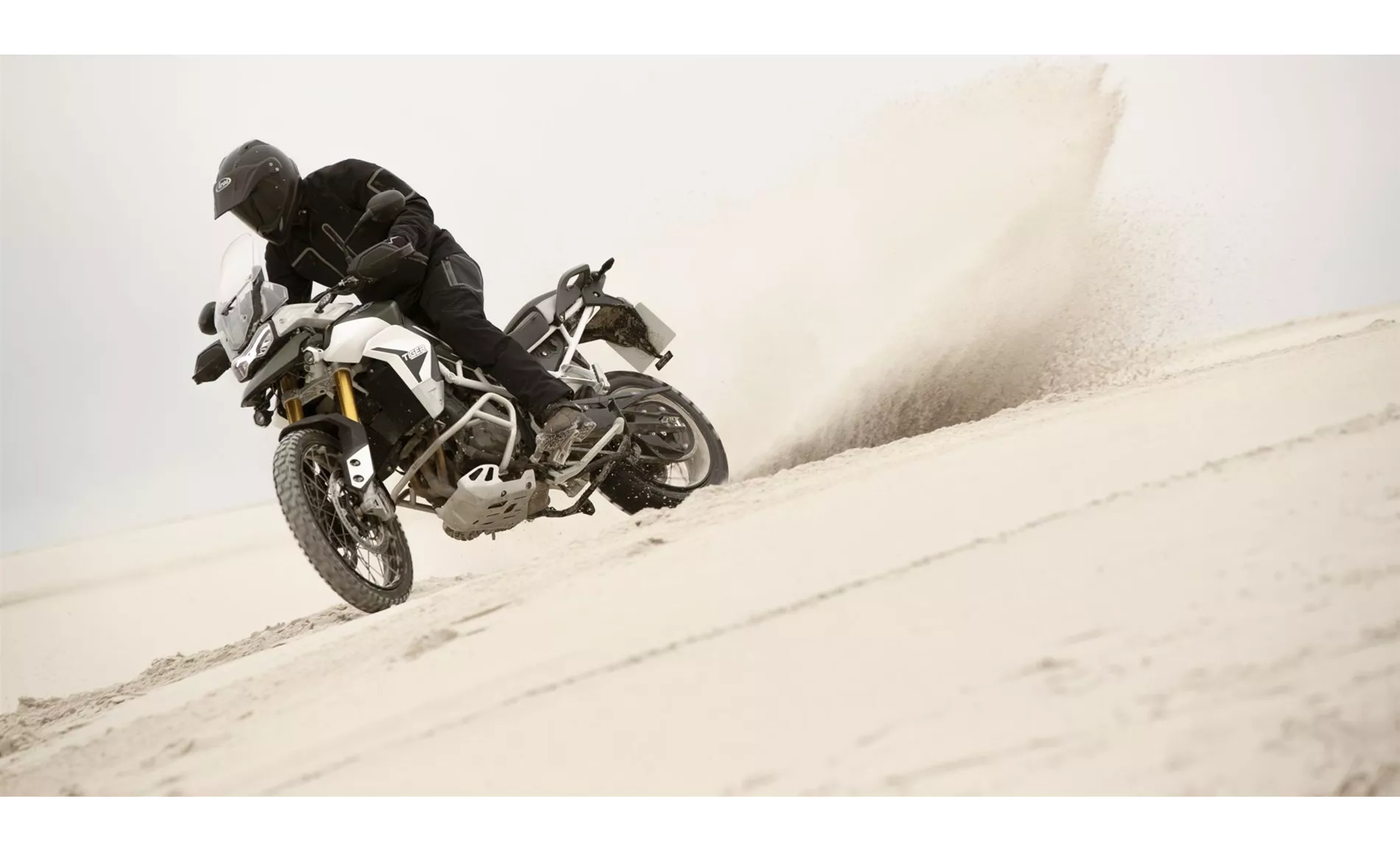
Triumph Tiger 900 Rally Pro 2020
When it comes to brakes, both motorcycles have double disk brakes at the front. In terms of advanced rider assistance systems, the Triumph Tiger 900 Rally Pro 2020 features riding modes, cornering ABS, ride by wire, and traction control. The BMW R 1250 GS 2021, on the other hand, features ABS, anti-slipping control, hill start assist, riding modes, cornering ABS, ride by wire, and traction control.
In terms of dimensions and weights, both motorcycles have a front tire diameter of 19 inches and a rear tire diameter of 17 inches. The Triumph Tiger 900 Rally Pro 2020 has a rear tire width of 150mm, while the BMW R 1250 GS 2021 has a rear tire width of 170mm. The wheelbase of the Triumph Tiger 900 Rally Pro 2020 is 1551mm, while the BMW R 1250 GS 2021 has a wheelbase of 1525mm. Both motorcycles have a seat height of 850mm, which can be adjusted up to 870mm. They also have a fuel tank capacity of 20 liters.
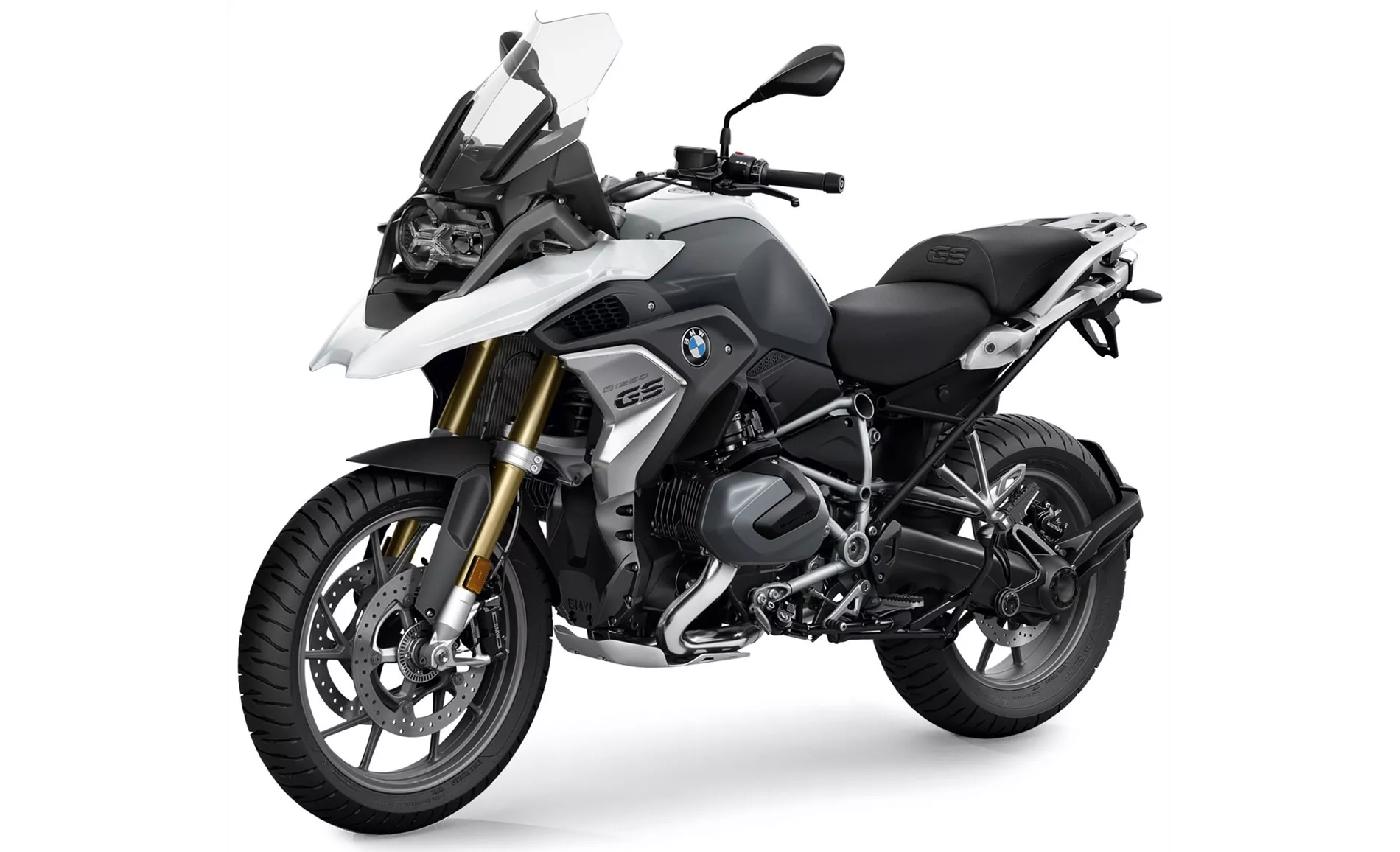
BMW R 1250 GS 2021
In terms of equipment, the Triumph Tiger 900 Rally Pro 2020 features LED daytime running lights, LED headlights, a heated seat, and a TFT display. On the other hand, the BMW R 1250 GS 2021 features cornering lights, LED headlights, and an adjustable windscreen.
In terms of strengths, the Triumph Tiger 900 Rally Pro 2020 stands out for its three-cylinder engine, improved off-road capability, comfortable suspension, standard quickshifter with blipper, generous standard equipment including heated seats, good ergonomics, good wind and weather protection, and long-distance capability. The BMW R 1250 GS 2021, on the other hand, excels in ride comfort, ergonomics, powerful engine, connectivity app, easy-to-read display, confident feel in the saddle, practical riding aids, versatile chassis, and ease of riding.
In terms of weaknesses, the Triumph Tiger 900 Rally Pro 2020 has less robust handguards for off-road use and a flood of switches on the left handlebars. The BMW R 1250 GS 2021 has a rough overall appearance and gearshifts at low revs can be somewhat clumsy.
Technical Specifications Triumph Tiger 900 Rally Pro 2020 compared to BMW R 1250 GS 2021
Pros and Cons in comparison
Pros and Cons in comparison
Triumph Tiger 900 Rally Pro 2020
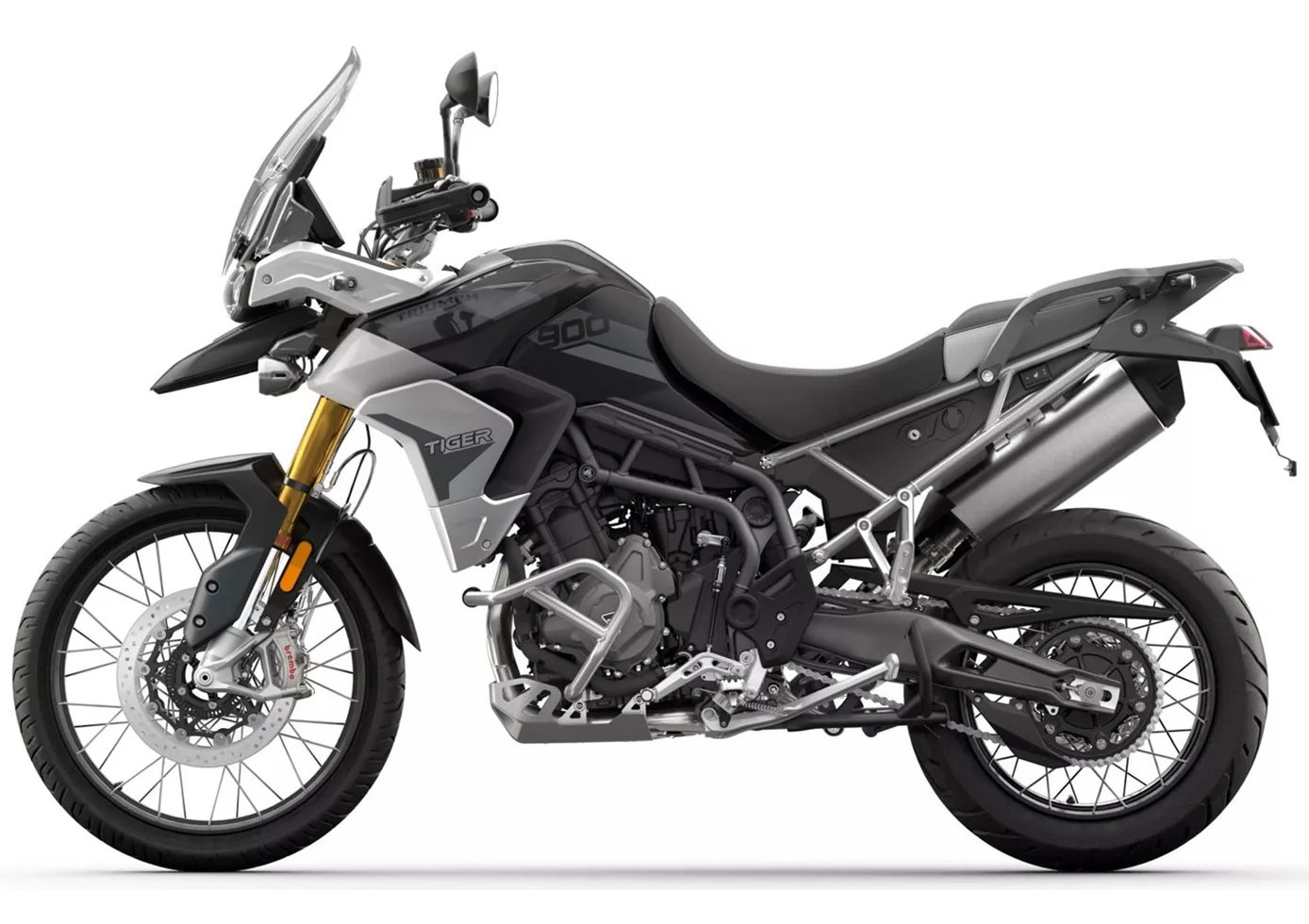
It's impressive how well the bike manages the balancing act between on- and off-road, doing exactly what a touring enduro should be able to do, or what you still want to do with a touring enduro. And it does so with a degree of maturity that is astonishing for a new model and shows that Triumph has done its homework and has sensibly further developed the already underrated Tiger 800. Even if some die-hard Tiger fans may miss the now less pronounced, typical whistle of the three-cylinder. The question of whether the Tiger 900 Rally Pro is ready for the road can only be answered with a "when do you want to go again?
BMW R 1250 GS 2021
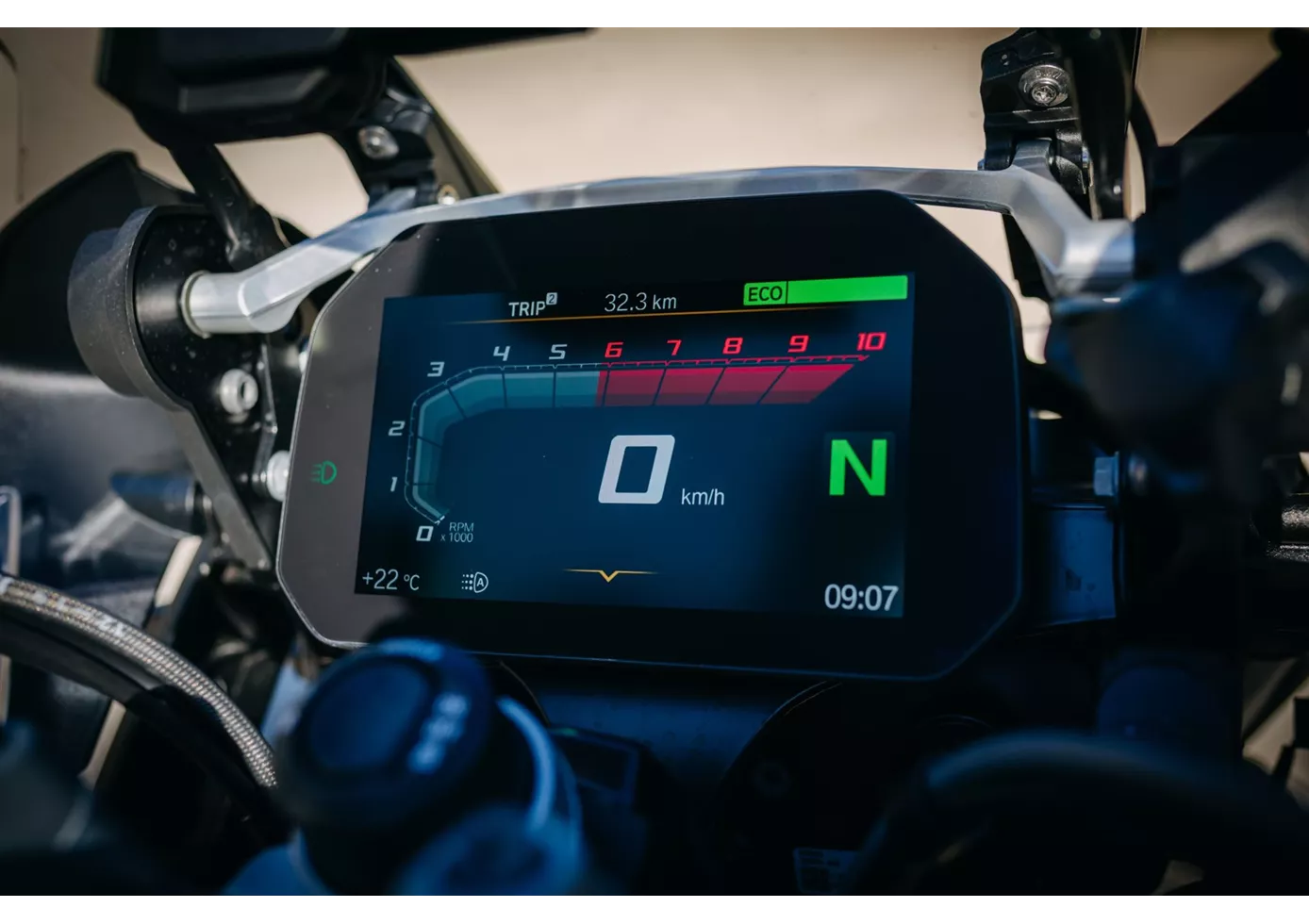
The GS also impressed us with its versatility during the test in November 2021. We rode the bike on a wide variety of terrain and were once again very satisfied. The motorbike convinces in every situation with its easy handling and practicality. On the other hand, it can also be ridden delightfully irrationally.
Price Comparison Avarage Market Price Triumph Tiger 900 Rally Pro vs BMW R 1250 GS
There are a few key differences between a Triumph Tiger 900 Rally Pro 2020 and a BMW R 1250 GS 2021. In terms of price, the actual average price of a BMW R 1250 GS 2021 is about 46% higher. Compared to BMW R 1250 GS 2021 there are less Triumph Tiger 900 Rally Pro 2020 bikes available on the 1000PS.de Marketplace, specifically 4 compared to 66. It takes less time to sell a BMW R 1250 GS with 55 days compared to 91 days for the Triumph Tiger 900 Rally Pro. Since model year 2020 1000PS.de editors have written 22 reviews for the Triumph Tiger 900 Rally Pro and 50 reviews for the BMW R 1250 GS since model year 2019. The first review for the Triumph Tiger 900 Rally Pro was published on 12/3/2019 and now has more than 65,300 views. This compares to more than 305,600 views for the first review on BMW R 1250 GS published on 9/19/2018.
